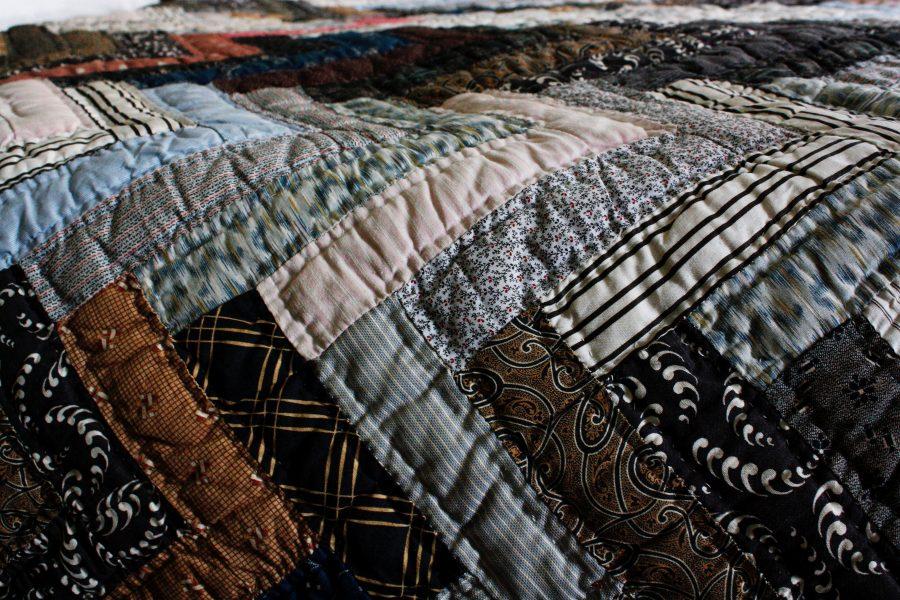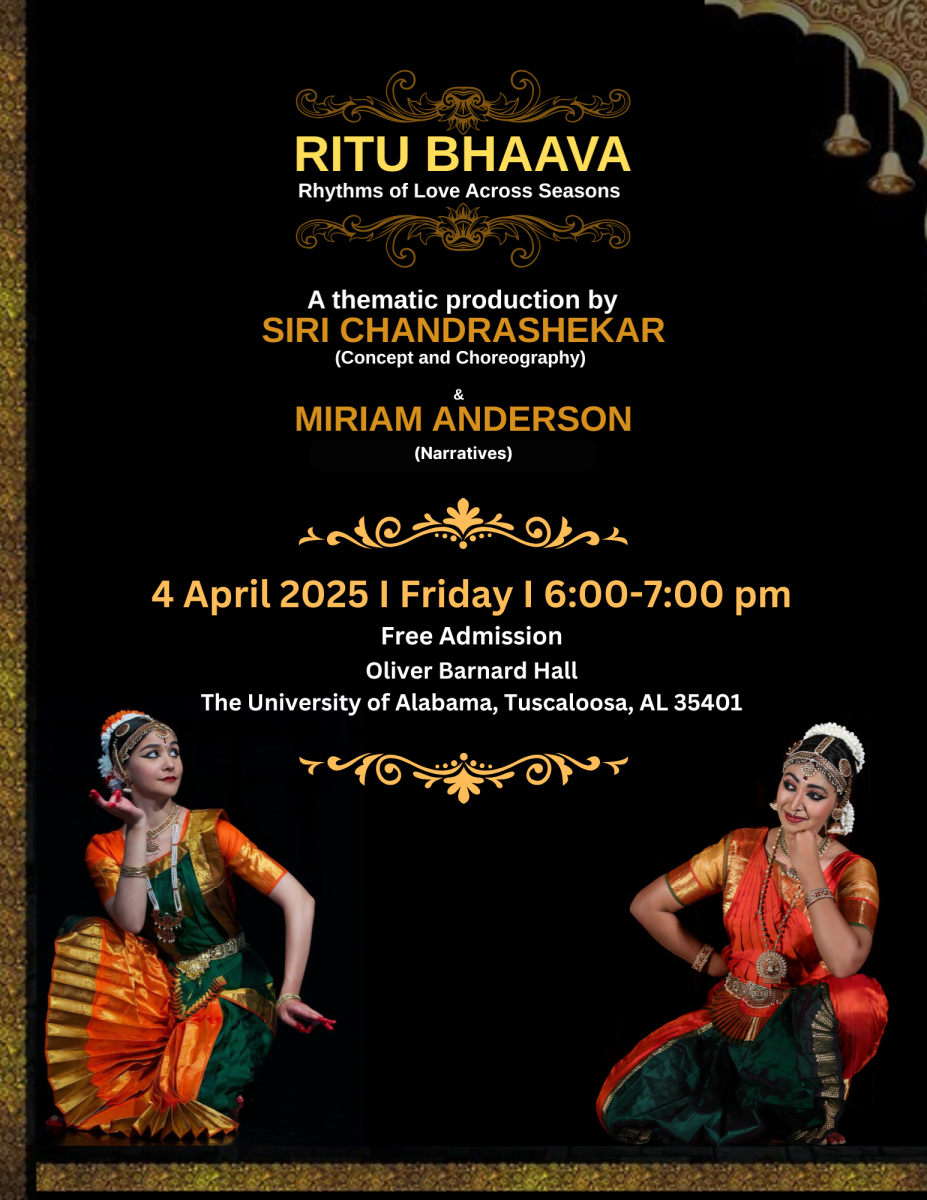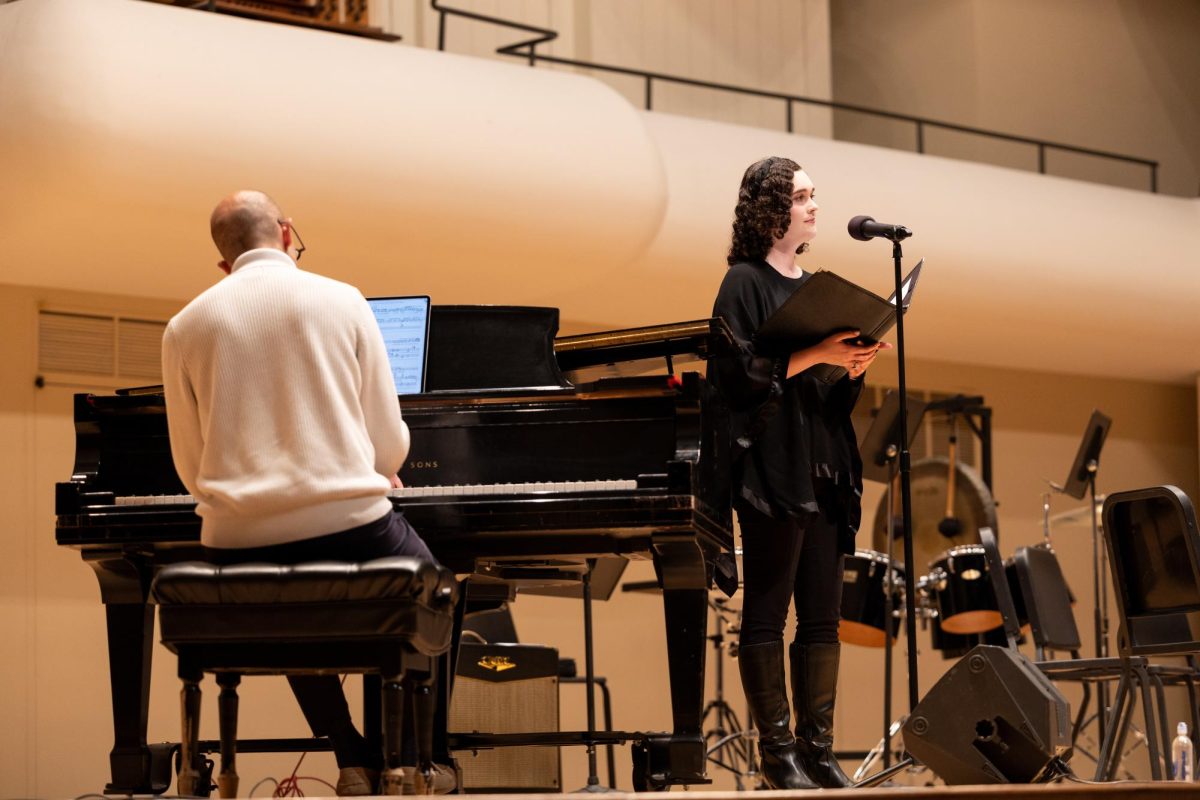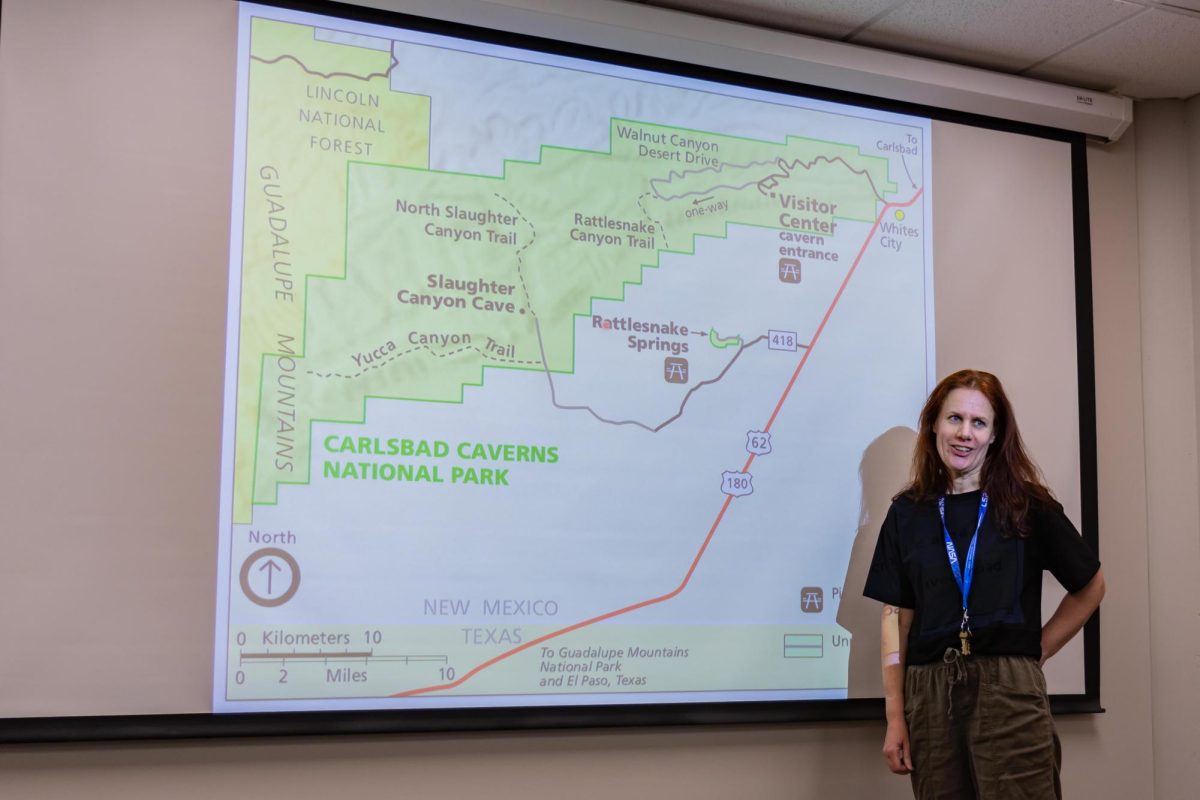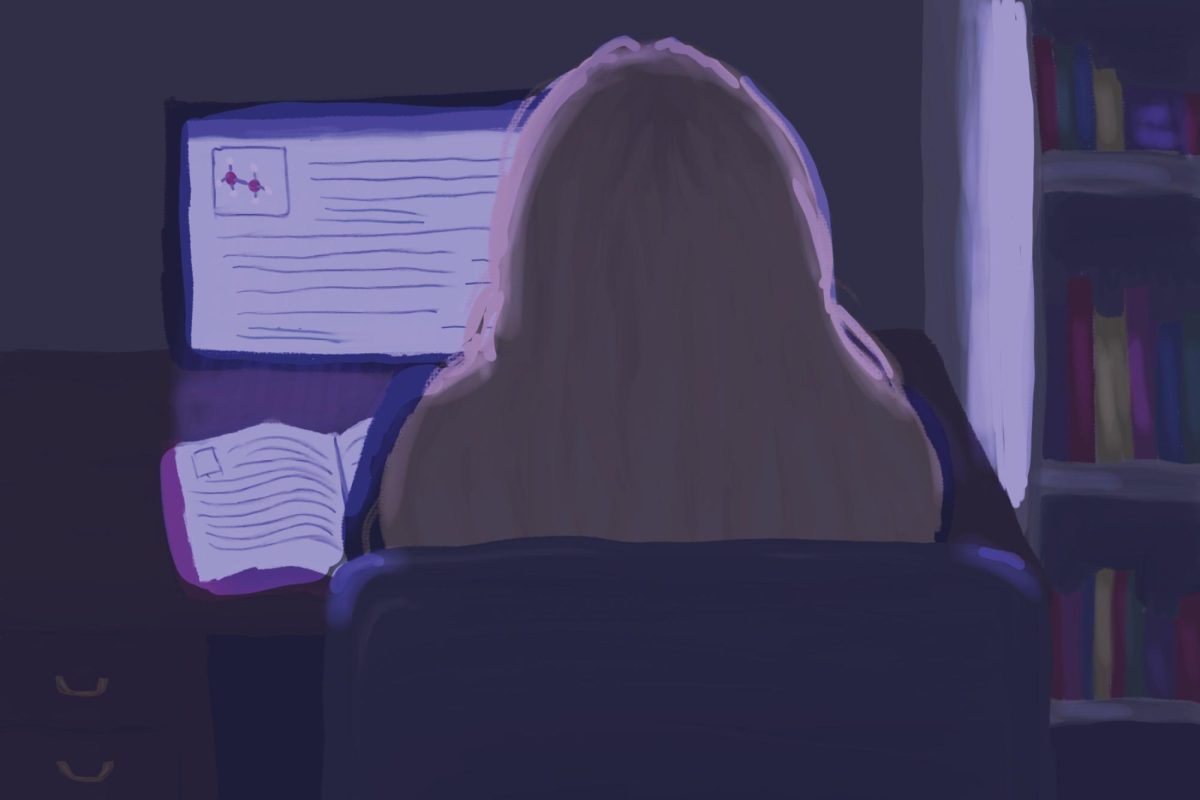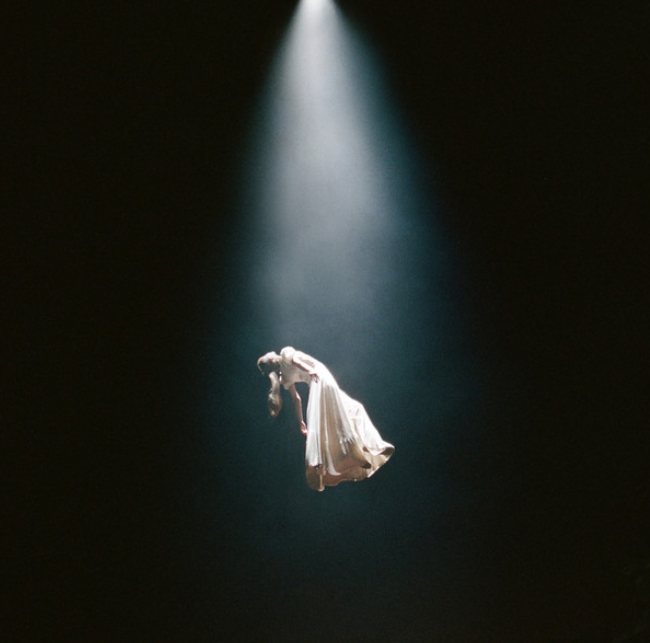At first glance, the quilts on display at the Gorgas House look like any other blankets, but look closer and each one has a story.
One has names written all around the edge — supporters of the Civil War who made donations to the cause as a part of a fundraiser for Confederate troops. Upstairs is a quilt made from dozens of small handmade circles, a yo-yo quilt put together by a 13-year-old girl in the 1950s. Two of the quilts were made by the same woman in the 1920s, each using the same fabrics but appearing completely different from the other.
The quilts are part of an Alabama Quits Exhibit curated by Virginia Wimberley, an assistant professor and curator with the College of Human Environmental Sciences. Wimberley is in charge of the care of the quilts and other textiles, which are a part of the larger Carolyn Thomas Stewart Collection.
“Quilting is such a part of American history,” Wimberley said. “There’s a reverence for cloth. You don’t just throw the scraps away, but you can put them to another use, and I think in our society now we’re looking at sustainability and repurposing. We’re talking about zero waste design so that when you cut out a garment there are no scraps or that you minimize the scraps. But here was another use of sustainability very early on in our history by taking those scraps and repurposing them into beautiful works of art basically.”
Lydia Joffray, director of the Gorgas House, said the quilts are beautiful but also useful.
“Quilts [were], especially in the past, a necessary part of life that people made into such wonderful decorative pieces and so it was a work of art that was also an everyday item,” Joffray said. “Of course people today still appreciate quilts. They’re still something we use. I think there’s just something interesting about an ordinary everyday piece that is also an expression of art.”
While there are over 400 quilts in the university’s collections, those on display at the Gorgas House have one thing in common: they are all known to have been made in Alabama.
“The goal is to showcase some of the artistry of everyday women in Alabama and show what they did with small budgets,” Joffray said. “A lot of these quilts are made with scraps of their own clothing and their dresses. Women in Alabama, throughout history, have been resourceful and artistic and so this is a way to showcase that artistry.”
Some of the quilts date back to the Civil War, and one of them was made by a graduate of the Alabama School for the Deaf and Blind. Also, the entire front room of the Gorgas House is dedicated to quilts made by African-American women.
“I think its important to showcase and highlight different parts of Alabama history, especially people whose voices might not have been heard in the past, “ Joffray said. “Which is why I think it’s important for us to highlight African-American women’s quilts. They might not get a big voice in the history of this campus so this gives them a time for their voices to shine.”
According to Wimberley, the collection of African-American quilts were donated last year by a donor who often gives to the Hoole Special Collections.
“They’re very special because they have the provenance,” Wimberley said. “We know the ladies who either commissioned them or made them. Other quilts we have, we don’t really have that kind of background on them. Ideally for our collection, what we want to know is who owned it, where did it come from, and did it travel.”
That collection of quilts is also special to Wimberley for another reason.
“They’re double topped,” Wimberley said. “The top layer has sort of disintegrated but you can see what’s underneath. I don’t know the story exactly as to whether they wanted a fresher look so they put a second top on it. The under one, we can’t really get in there very easily to see if it had weakened areas, so they put another layer on top, but that was the first time i’d see a double topped quilts.”
The display of quilts is a part of Joffray’s efforts to bring changing exhibits to the Gorgas House.
“When we do changing exhibits, people can come back and see something new,” Joffray said. “I think that’s important to keeping a house museum relevant otherwise people could say ‘Oh I’ve been there once and I don’t need to go back’. If we’re bringing you new stories and new things to see, then people can come back and see something different every time.”
The Alabama Quilts Exhibit will be on display until Sept. 5. Admission to the Gorgas House is $2 for visitors or free for university students, faculty and members of the Alumni Association.



